class b fire definition
Flammable Liquids and Gases. The class is always combined with an additional class for smoke s and burning droplets d A2 Satisfying the same criteria.

The Five Classes Of Fires And The Fire Extinguishers That Stop Them Strike First Usa
Flame spread 25 or less FRTW some FR surface coatings Class B or.

. Class B fire means a fire involving flammable or combustible liquids flammable gases greases and similar materials and some rubber and plastic materials. A class 1 fire rating is the best fire rating of materials that can be achieved. Both types are specifically detailed in NFPA 72.
Dry chemicals and carbon dioxide are typically used to extinguish these fires. The reaction to fire classification determins how much if any a material contributes to the spread of flame. A They are to be so constructed as to be capable of preventing the passage of flame to the end of the first half hour of the standard fire test.
Essentially Class A is a loop and Class B is run out to the last device. Class A or I. That normally do not leave any embers or residues or very low amounts of residues.
Class B Class B fires involve flammable liquids like gasoline alcohol diesel or oil not cooking oils. B As class C but satisfying more stringent requirements. In this blog read on to learn just what exactly constitutes a Class B fire what types of extinguishers qualify as Class B fire extinguishers and to better understand what a Class B fire extinguisher can be used for.
Materials that fall into Class A or Class 1 include things like brick gypsum. Class B fire refers to a fire involving flammable liquids such as petroleum gasoline kerosene petrol diesel octane etc paint alcohol solvent oil and tar etc. Category B Doors - A fire door that requires the use of an edge seal to comply with positive pressure requirements.
Electrical equipment appliances and wiring in which the use or a nonconductive extinguishing agent prevents. A1 A2 Non Combustible Materials. What Are Class B Fires.
To achieve the supplemental S label a door must also pass for smoke and air infiltration. There are 7 reaction to fire classifications levels available. A fire caused by flammable or combustible liquids and gases oil gasoline.
Blanketing with O2-deprivation eg CO2 dry chemical or foam. Class B Fire Division. A Class C fire is a fire that involves electrical equipment electrical appliances or electrical wiring.
B C D Ranges from very limited to medium contribution to fire. Because ordinary combustibles are so common in house fires authorities usually recommend that you get a fire extinguisher that includes at least an AB rating Most common fire extinguishers are class ABC. Ordinary solid combustibles such as paper wood cloth and some plastics.
Woodharbor 20 Minute Fire Rated doors fall into Category B classification as shown above. FEMAL states that Class B fires are often fueled by materials such as gasoline petroleum gasses tars oils oil-based paints solvents and alcohols. Class B fires have the same basic elements as their class A counterparts that is in order to burn there must be fuel oxygen heat and a prolonged chemical reaction termed the fire.
Class A Class B Fire Alarm Class A and B circuits apply to both initiating pull stations smoke detectors etc and indicating devices horns speakers strobes. There are four classes of fires. Class A fire ratings indicate a flame spread rating somewhere between zero and 25.
The flame spread categories are as follows per ASTM E-84UL 723. Like cleaning fluids solvents fuels inks adhesives and paints. It is one of the five classes of fires along with A B D and K.
They can also involve gasses like propane and butane. Class B fires designation symbol is a red square mostly involve flammable liquids like gasoline oils greases tars paints etc and flammable gases. A division manufactured in incombustible materials that satisfies the following criteria.
The class contains flammable liquids and gasses. Most of these liquids have a high carbon content and the compounds in them and are highly combustible. E F High contribution to fire.
B Class Divisions fire divisions B Class divisions are those divisions formed by bulkheads decks ceilings or linings which comply with the following criteria. Define Class B fire. The volatility of the fuel source makes them more difficult.
The only type of fire extinguisher that should be used on a class A fire is the water extinguisher. Fire-retardant-treated wood shingles and shakes as defined in section 15056 and listed by State Fire Marshal for use as Class B roof covering shall be accepted as an Ignition-resistant wall covering material when installed over solid sheathing. The volatility of the fuel source makes them more difficult.
Flammable liquids such as alcohol ether oil gasoline and grease which are best extinguished by smothering. The UBC and BOCA codes use the I-II-III designation and the Standard code uses A-B-C. Many of the fluids liquids and chemicals used in workplaces can be flammable or explosive.
Class B fires are fires involving liquids. In addition the temperature at any single. As alluded to above Class B fires are ones in which flammable liquids andor gases become involved.
Means a fire involving flammable or combustible liquids flammable gases greases and similar materials and some rubber and plastic materials. A it prevents the spread of flames for at least half an hour of the standardised fire test b it is designed so that the average temperature on the unexposed side does not rise more than 140C above the original temperature. They are caused by energized electrical elements such as damaged power cors or overloaded electrical outlets.
Building materials having a very moderate fire contribution. 2012 Farlex Inc. In the United States all flammable liquids and gases are Class B.
There are huge cost differences between the two.

The Different Types Of Fires Classes Prevention Reaction
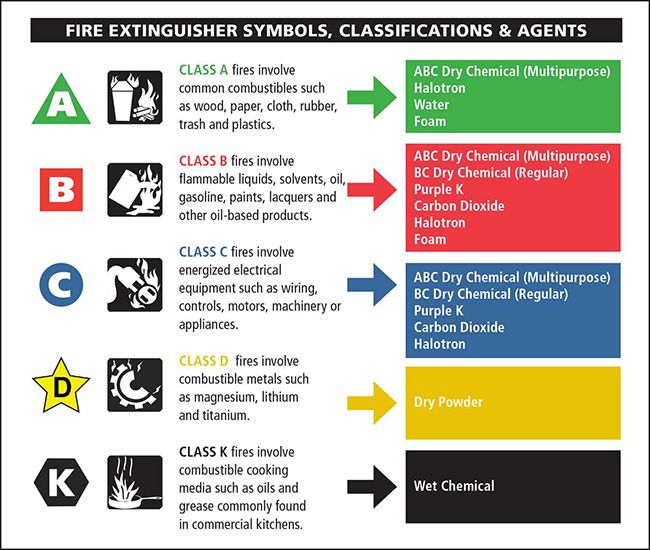
Types Of Fires Kidde Fire Safety

Abcs Of Fire Extinguishers Fire Prevention Services The University Of Texas At Austin

Classification Of Fire And Hazard Types As Per Nfpa Enggcyclopedia
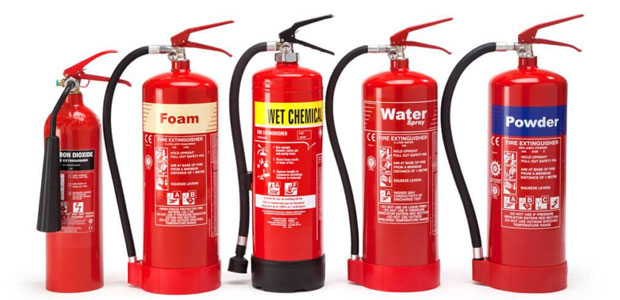
The Abcs Ds And Ks Of Fire Extinguishers Occupational Health Safety
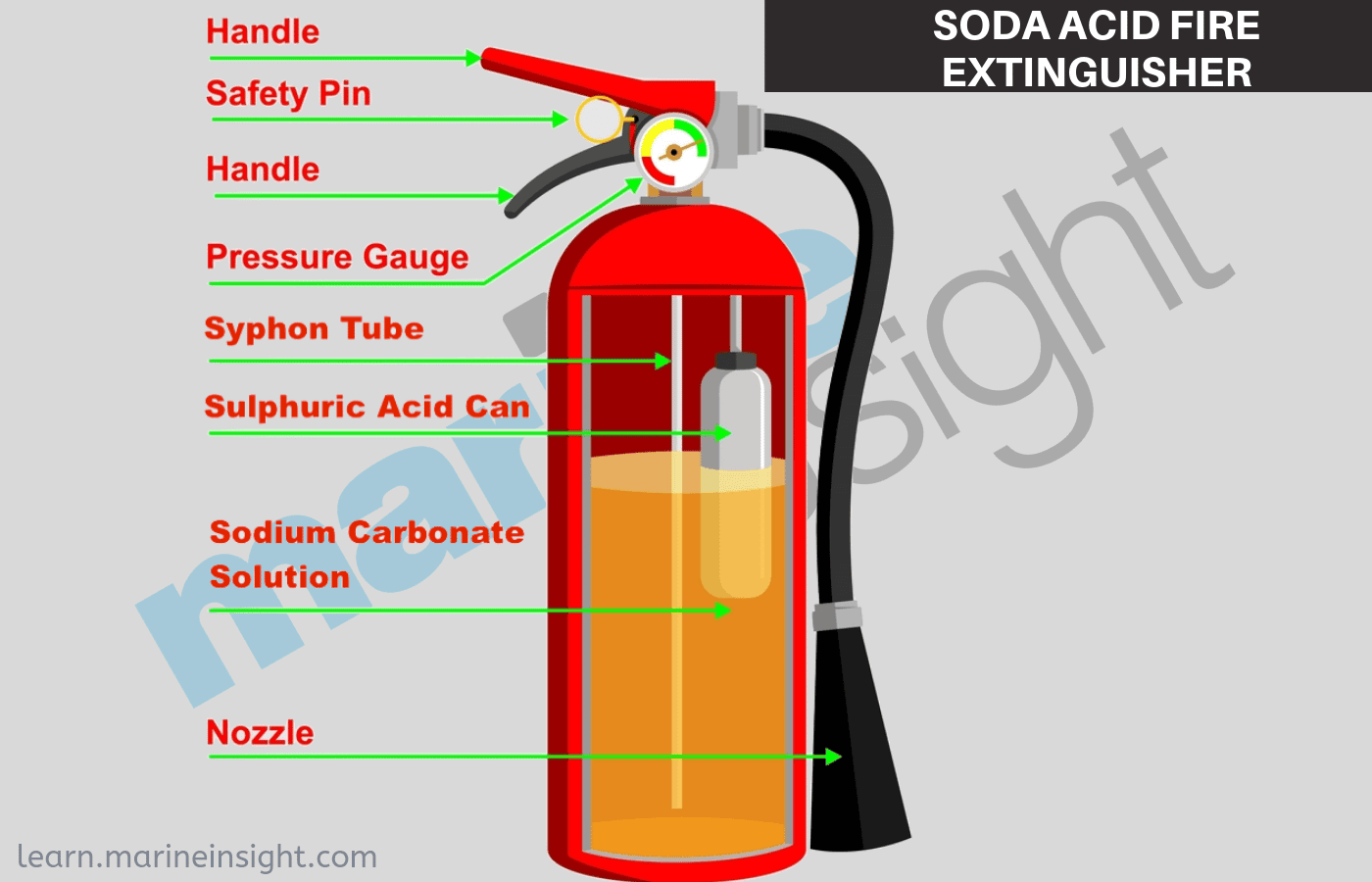
Different Types Of Fire Extinguishers Used On Ships

Lakhmir Singh Science Class 8 Solutions For Chapter 6 Combustion And Flame Free Pdf

Different Types Of Fire Extinguishers Used On Ships

Classification Of Fire And Hazard Types As Per Nfpa Enggcyclopedia

The Types Of Fire Extinguishers Classifications Water Foam Co2
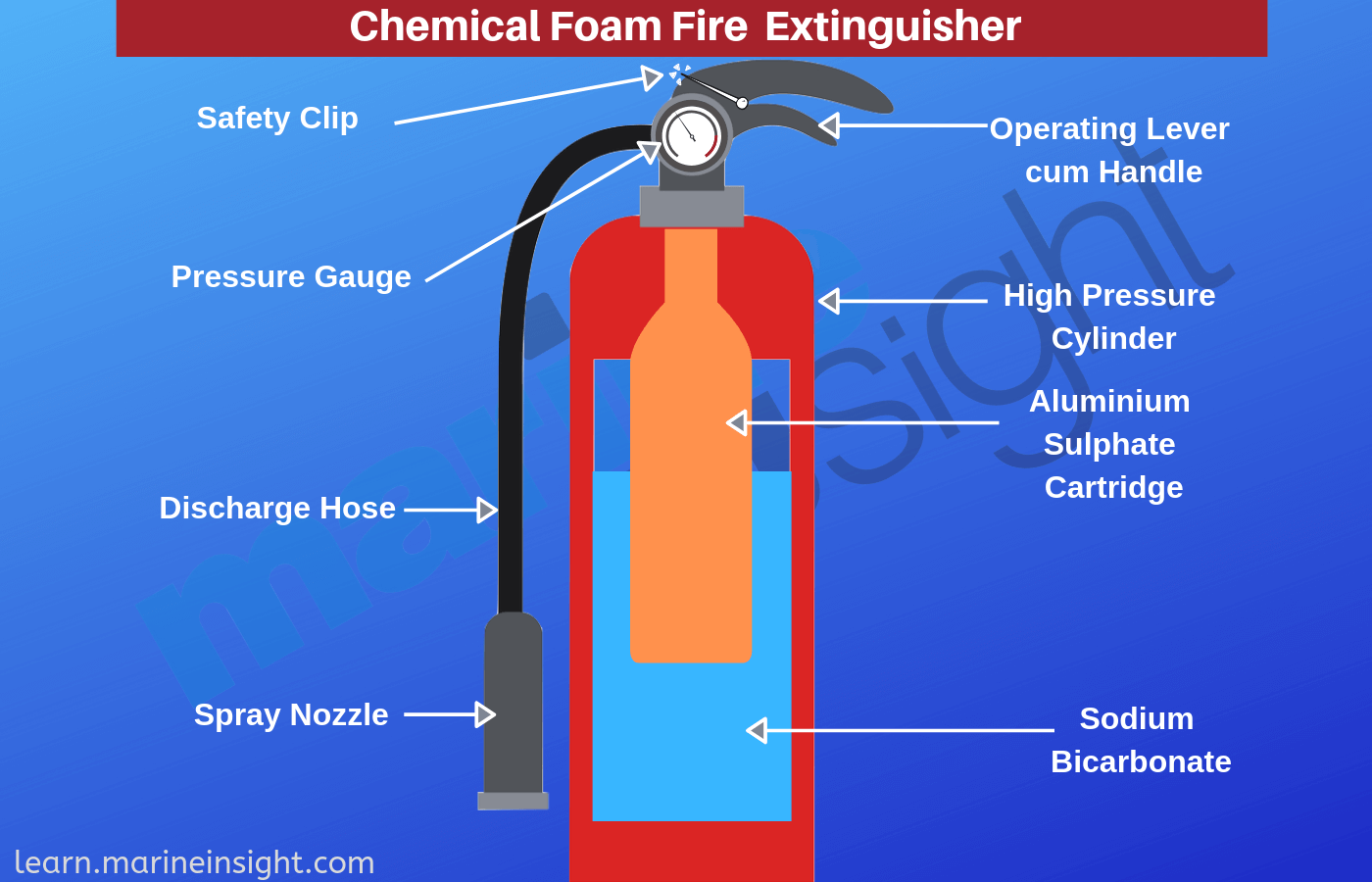
Different Types Of Fire Extinguishers Used On Ships
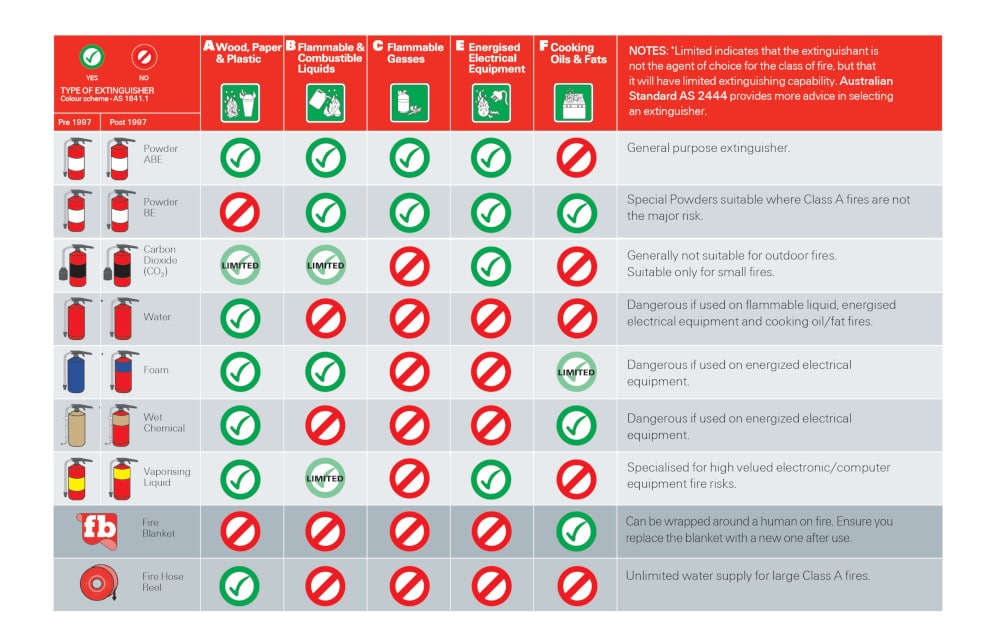
Fire Safety Understanding Fire Classes And Extinguishers Wormald

What Are The Different Types Of Fire Extinguishers Uk Businesswatch

The Five Classes Of Fires And The Fire Extinguishers That Stop Them Strike First Usa

The 6 Types And Classes Of Fire And How To Attack Them Haspod
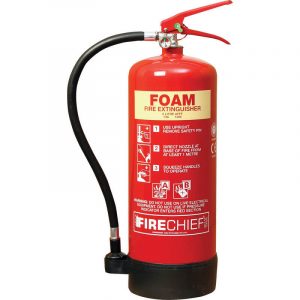
Types Of Fire Extinguishers A Guide Fire Risk Assessment Network


